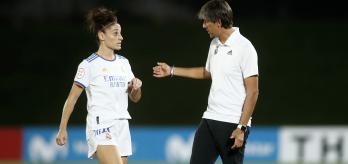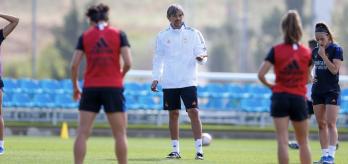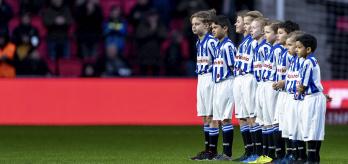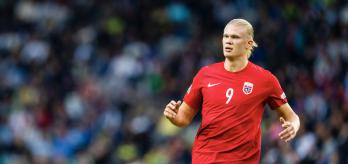Commentators often describe struggling teams as lacking an "identity", but in reality, they are often missing an effective "game model" – a clear playing style that is understood by both players and coaches. In this webinar, renowned Spanish coach David Aznar joins FIFA's Toni Álvarez to discuss what the term 'game model' means in practice, before going on to explore how coaches can go about implementing them on the pitch. The webinar is presented in three parts, and is followed by a Q&A.
A good game model is about getting the job done with the people you've got.
Watch webinar
Read summary
Part 1: What is a "game model"?
Aznar begins by defining the concept of the game model. Most coaches have a vision of how they want their teams to play, but a game model is more than that, because it has to take account of real-life circumstances. After drawing this important distinction, Aznar goes on to explain how a team's structure (including its formation) combines with the details of its playing style to create a game model, and how coaches can adapt that model to get the best out of their squads.
Part 2: Development and implementation
Here Aznar examines how coaches actually implement game models within their squads. He discusses the key principles to bear in mind when drawing up models, starting with the importance of communication before covering how teams operate in transition, attack and defence. The coach then highlights the under-appreciated problem of how to teach players to apply a chosen game model in specific scenarios during matches. As he points out, a good game model is about finding ways to "get the job done with the people you've got."
Part 3: Game models in practice
In the final part of the webinar proper, Aznar moves from theory to practice with examples of the drills he uses to teach game models to his players. This section features videos of 15 exercises, ranging from warm-ups to set-piece practice and small-sided drills, as well as full practice matches. After presenting two worksheets players and coaches can use to assess the effectiveness of game models, he rounds off his presentation with a video that sums up the three key elements of a good game model: thoughts, actions and relationships.
Q&A
00:10
How flexible are you when it comes to changing your vision and your structure?
04:43
I imagine your game model has evolved over your career. What challenges do you face when trying to implement a game model with a multi-cultural squad that includes a variety of different ideas about football?
08:25
You have a lot of experience in Spanish academies. How much do you think the academy model harms player development? What do you think the ideal model for developing players would be?
12:38
A lot of young players get lost in the system because of coaches. What can we do about that?
15:18
Football tactics are evolving. Where do you think game models are going and how will they develop?




















.variant64x64.png)


.variant348x164.png)

